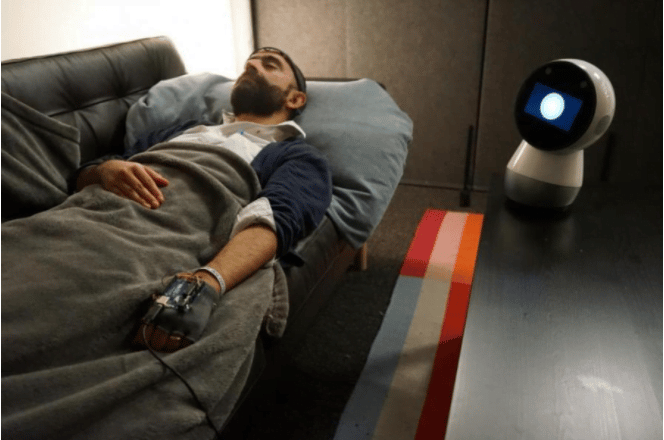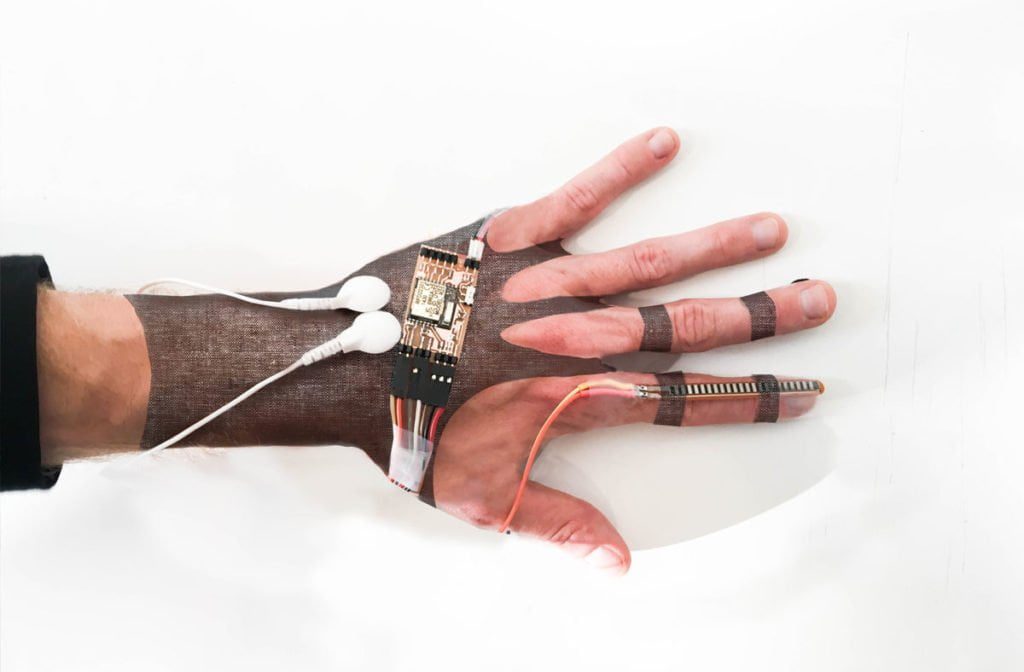A team of researchers at MIT's Dream Lab, launched in 2017, is working on an open-source wearable device that can track and control dreams in several ways. The team's radical goal is to prove once and for all that lucid dreaming it can be “hacked, enhanced and influenced”. To obtain it, they also developed a device: it's called Dormio.
“We sleep for a third of our lives. We could use this time to change, structure and improve ourselves,” says Adam Horowitz, doctoral student at the Fluid Interfaces Group of the MIT Media Lab and one of the researchers of the Dream Lab.
Whether it's increasing memory or creativity, or improving mood, there are many important things that could be achieved with a lucid dreaming device
Adam Horowitz
Sleep: will one day make us control dreams?
The glove-like device, called Dormio, is developed by the Dream Lab team and equipped with a series of sensors that can detect which stage of sleep the wearer is in. When the user slips into a state between conscious and subconscious, hypnagogia, the glove broadcasts a pre-recorded audio signal, most often consisting of a single word.
Hypnagogia: the onset of lucid dreaming between sleep and wakefulness
“Hypnagogic images or hallucinations are a normal state of consciousness in the transition from wakefulness to sleep”Says Valdas Noreika, Cambridge psychologist.
Hypnagogia can be different for different people: some report having strong visual and auditory hallucinations. Others are able to interact with someone while in that state.
With Dormio, the Dream Lab intervenes precisely in this phase. In an experiment involving 50 people, the device was able to “insert” a tiger into participants' sleep by simply repeating targeted content to their ears.

The device aims to make sleep monitoring science Open Source. Le detailed instructions and tracking software have been published online on Github, and allow everyone (theoretically) to make their own Dormio glove.
Through smell
A similar device made by the Dream Lab researcher and PhD student Judith Amores it relies on smell rather than an audio signal. A preset scent is released from a device when the user reaches stage N3 of sleep, a regenerative period in which the body heals itself and consolidates memory. The idea is to reinforce this consolidation using perfumes.
Control dreams
The research team hopes to also allow sleepers to take full control of their dreams. A “Dream Engineering” seminar last year, hosted by the Dream Lab, discussed the world of “lucid dreaming,” a state in which people realize they are dreaming while they dream. “It's a truly exhilarating condition, that of lucid dreaming”he said Tore Nielsen, professor of psychiatry at the University of Montreal in a post on the MIT blog. “You can try flying, singing, having sex. It's better than virtual reality. "
The problem, however, is that the science behind lucid dreaming is still murky. It is estimated that only 1% of people are able to enter this state regularly, making it difficult to study. Even the state that the brain assumes during lucid dreams is not yet understood very well.

We let the subconscious work alone
Other researchers are of different opinion. They do not agree with research aimed at controlling dreams. They are convinced that there is a lot to gain by learning directly from our subconscious, rather than controlling it with pre-set messages or scents.
“The unconscious is another type of intelligence”Says Ruby Naiman, sleep and dream expert at the University of Arizona. “We can learn from this. We can dialogue with it rather than dominate it, rather than “touch” it and try to guide it in the directions we want.”


